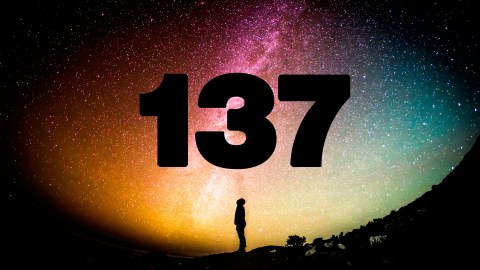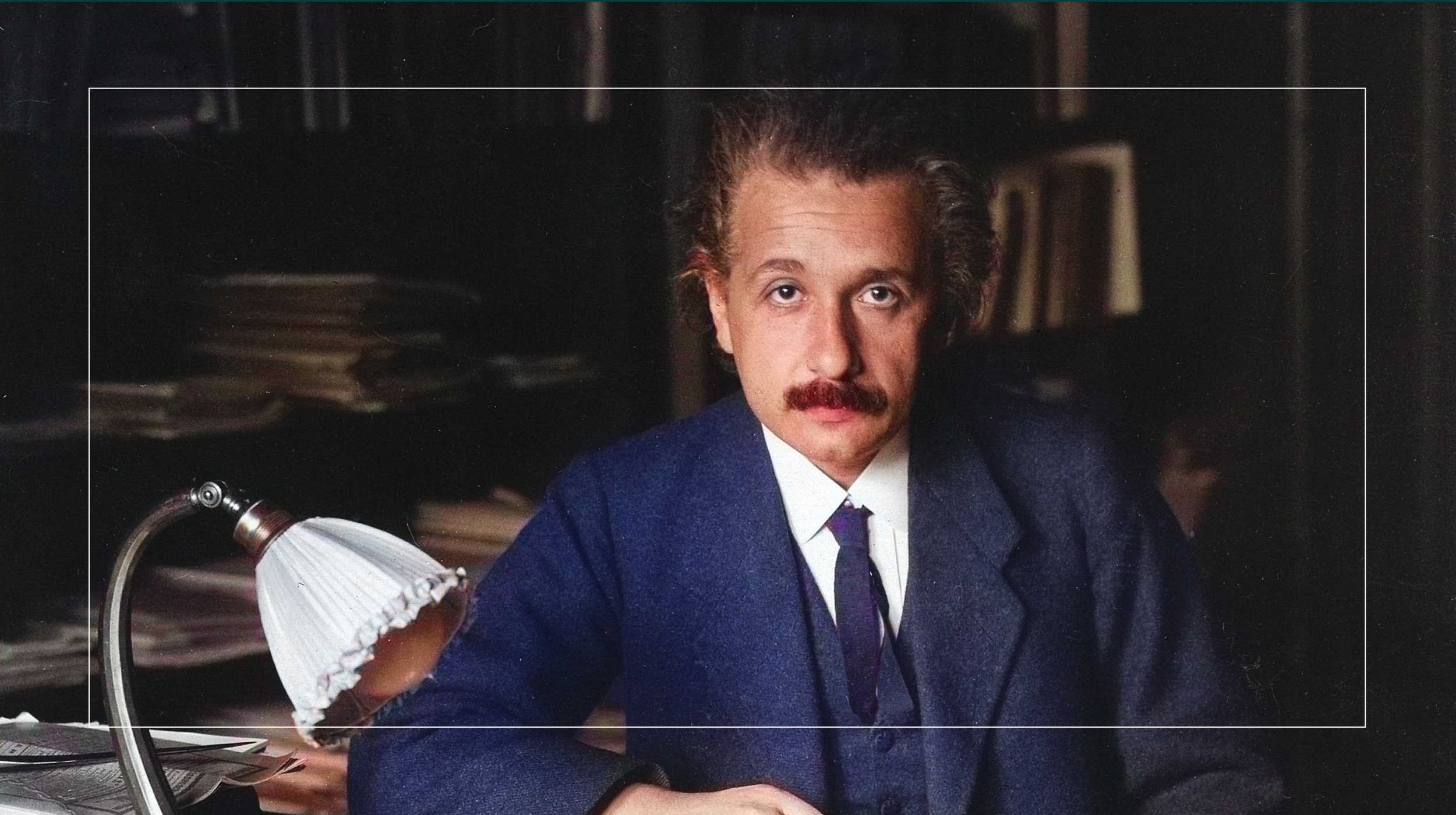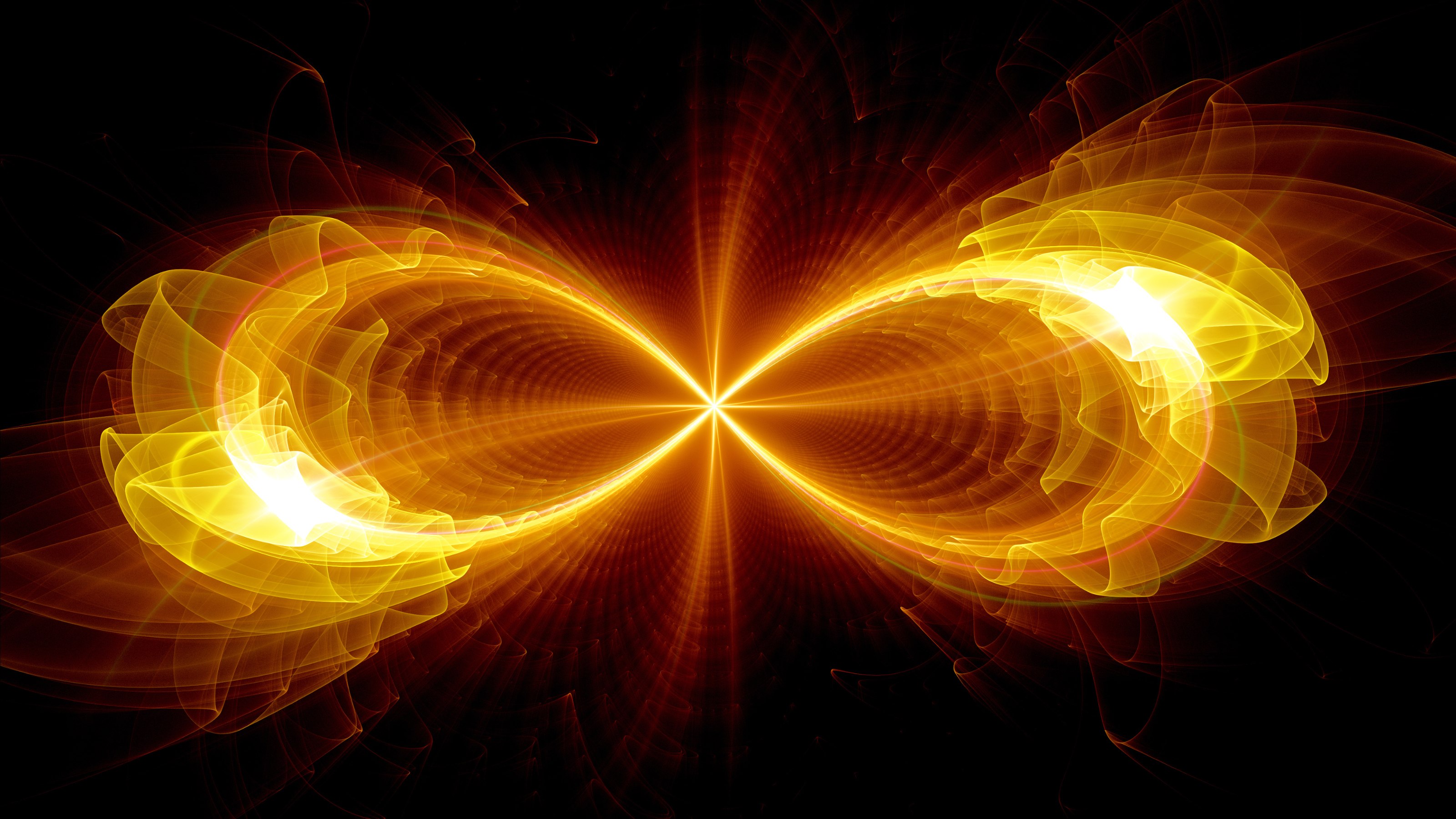The strange number 1/137 shows up everywhere in physics. What does it mean?

Pixabay
- The fine structure constant, a number that emerges from theories of quantum mechanics, is measured in laboratory experiments to be roughly 1/137.
- This slightly coincidental number is a perennial source of excitement.
- While its meaning holds some intrigue, the greatest mystery surrounding this number is why it so fascinates physicists.
Popular science coverage of theoretical physics frequently fantasizes over the fraction 1/137. PBS Space Time mused about it for 20 minutes. NewScientist hyperbolically called it “the answer to life, the universe, and everything.” Numerologists, including religious ones, have been inspired by the number.
To be fair, science popularizers and numerologists alike are taking their cues from eccentric physicists. Various 20th century quantum theoreticians made bold guesses, claims, and rambling metaphysical speculations about 1/137. Among them are Nobel Prize winners like Wolfgang Pauli, Paul Dirac, and Richard Feynman. Who are we mere mortals to disagree with these giants?
Geniuses are sometimes wrong. Feynman was an egotist who would do anything for attention and thought that brushing his teeth was a superstition. Pauli dabbled in parapsychology, alchemy, and numerology with Carl Jung. Maybe the mysterious 1/137 — which is known as the fine structure constant — falls into this camp?
It’s not really 137
Let’s start with what the value of the fine structure constant (α) actually is. According to NIST, the best measurement of the number is 0.0072973525693 — give or take 0.0000000000011. When you take its reciprocal (1 divided by that number), the result is about 137 (specifically, 137.035999084, again according to NIST).
Thus, the numerological significance of 137 has lost some of its shimmer. The actual number is 137.04 (rounded). It’s not 137. If your grocery bill came out to be $137.04, would you shriek with excitement because it was almost 137? Probably not, yet that’s what some physicists and science popularizers are doing here. It’s also not clear what’s so exciting about 137. It is a prime number, so that’s sort of cool — but there are a lot of those (an infinite number, actually). Besides, other numbers are arguably cooler; the number 6 is probably the coolest.
α appears everywhere
The non-numerological nature of α is far more interesting. It is a natural ratio that pops up in sophisticated (and less sophisticated) models of atoms, electrons, and photons. Perhaps most interestingly, the number has no associated units, so it’s not dependent upon our arbitrary systems of measurement.
You’re already familiar with “unit-less” numbers. Pi (π), which is ~3.14 and represents the ratio of a circle’s circumference to its diameter, also has no units. It’s not 3.14 meters or 3.14 inches or 3.14 hamburgers. It’s just 3.14. α is like that. And just like π, α shows up in a variety of physics equations.
But here’s the bottom line: Like π, α is simply a fact of life, a number to be plugged into a formula to calculate an answer, like calculating light emission from an atom. The number itself comes from the need to calibrate the mathematics behind quantum mechanics to match experimental observations. In the same way that a map needs a scale factor to translate inches on the paper (or screen) to miles on the ground, mathematical physics theories need scaling numbers to match data.
Some physicists and science enthusiasts are hunting for a deeper meaning, but there isn’t one. However, to search for meaning is a fundamentally human endeavor, and weird numbers tempt us into doing just that. This may be best demonstrated by something called the Eddington Number.
The Eddington Number
Brilliant astrophysicist Sir Arthur Eddington famously developed a theory, founded upon multiplying the inverse of α (which he believed to be exactly 136) by 2256. He described its results in this way:
“I believe there are 15747724136275002577605653961181555468044717914527116709366231425076185631031296 protons in the Universe, and the same number of electrons.”
This physical constant was dubbed the Eddington Number, NE. According to fellow genius Subrahmanyan Chandrasekhar, Eddington was so smart that he calculated NE by hand on paper during a voyage across the Atlantic. Later astronomers re-checked with a computer, and Eddington got it exactly right. That is to say, he got the calculation right; of course, no one knows how many protons are actually in the Universe. Whatever the true number of protons may be, it’s a good bet that it isn’t determined by multiplying arbitrarily “beautiful” numbers.
Math isn’t magic
This sort of mysticism for strange numbers is the product of attempting to ascribe meaning to mathematics, as if math itself was the underlying fundamental reality of existence. But it isn’t. True, math is extremely effective at describing the Universe, in part because much of it was literally invented to do so. Math has always had irascible champions who see it as a pure and abstract art, even though most of its historical development was motivated by the need to calculate a “good enough” answer to some important problem.
This isn’t to say that math isn’t awe-inspiring or beautiful. It absolutely can be. Mathematician Dr. Francis Su describes the spiritual experience of grasping eternal truths, like those he finds in both math and religion. But trying to find meaning behind specific numbers is a fruitless endeavor. There is no deeper meaning to 1/137, just as there is no deeper meaning to 3.14.





